Top 10 Influential Modern Architects
In the ever-evolving landscape of architecture, the 21st century has witnessed a surge of creativity and innovation. This era is marked by architects who not only design structures but also redefine our understanding of what a building can be. The influence of these architects extends beyond the mere construction of edifices; they shape urban landscapes, influence cultural trends, and challenge conventional notions of space and form. In this list, we delve into the top 10 influential modern architects who have left an indelible mark on contemporary architecture. Their visionary designs and groundbreaking concepts continue to inspire and provoke thought in an ever-changing world. Let’s explore the brilliance and creativity of these architectural maestros.
1. Zaha Hadid
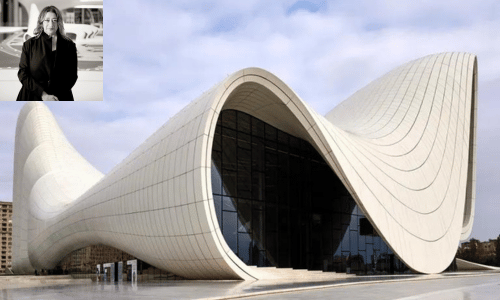
Pioneering Deconstructivism and Fluid Forms
Zaha Hadid, known for her revolutionary designs, was a trailblazer in deconstructivism and fluid architecture. Her works, like the Heydar Aliyev Center in Azerbaijan, are characterized by flowing, curvaceous forms that challenge traditional architectural norms. Hadid’s designs often seem to defy gravity, creating dynamic spaces that are as functional as they are aesthetically striking. Her influence extends beyond individual buildings to shape a more fluid and dynamic approach to urban architectural design.
2. Frank Gehry
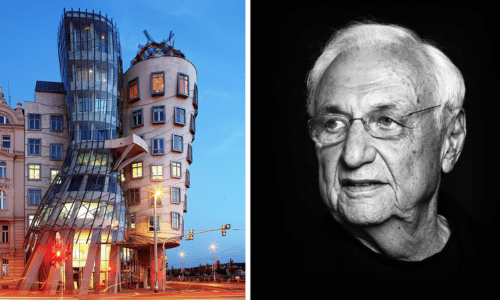
Master of Sculptural and Iconic Structures
Frank Gehry, often regarded as a modern architectural legend, is known for his sculptural, often whimsical designs that push the boundaries of conventional architecture. His most famous work, the Guggenheim Museum Bilbao, is a testament to his unique approach, featuring titanium-clad curves that resemble a ship. Gehry’s work is not just architectural; it’s a blend of art and functionality, making him a standout figure in contemporary architecture.
3. Norman Foster
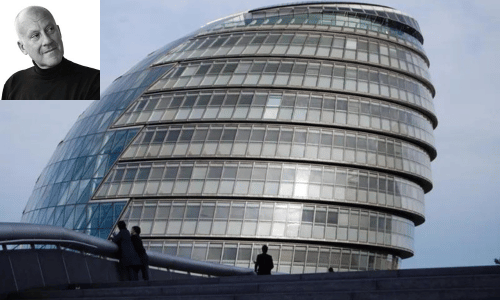
Integrating Sustainability with High-Tech Design
Norman Foster, the mind behind London’s iconic Gherkin and the Apple Park in California, is renowned for his high-tech architecture. His designs integrate sustainability and ecological considerations, making them not only visually impressive but also environmentally responsible. Foster’s commitment to green architecture and technological innovation has made him a pivotal figure in shaping modern urban landscapes.
4. Renzo Piano
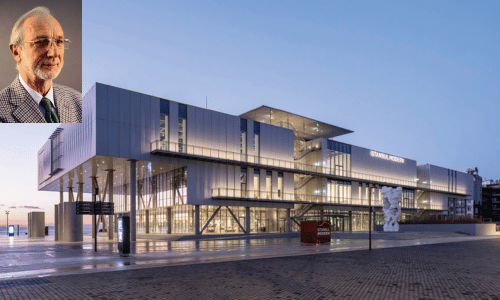
Harmonizing Buildings with Their Environment
Renzo Piano gained international acclaim for designing the Centre Georges Pompidou in Paris. His architectural style is known for its sensitivity to the site and context, often integrating his buildings seamlessly into their surroundings. Piano’s use of light and space to create airy and inviting public spaces is a hallmark of his designs, as seen in The Shard in London.
5. Jean Nouvel
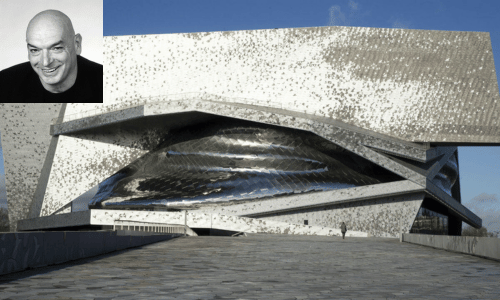
Innovative Use of Light and Reflection
Jean Nouvel’s architectural philosophy revolves around creating buildings that reflect their environment, both literally and metaphorically. His works, like the Louvre Abu Dhabi, exhibit an innovative use of materials and light, creating structures that are both functional and visually stunning. Nouvel’s approach to architecture as an art form that must engage with its surroundings has greatly influenced modern architectural thought.
6. Santiago Calatrava
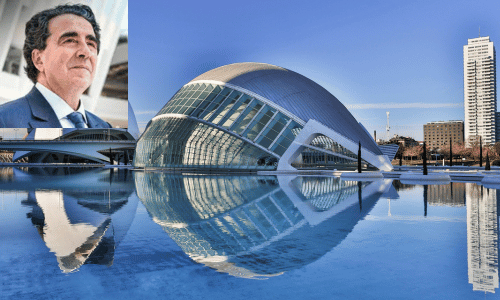
Blending Sculpture with Engineering
Santiago Calatrava is known for his sculptural bridges and buildings that resemble living organisms. His work, such as the City of Arts and Sciences in Valencia, blends engineering with sculpture, resulting in structures that are both technically innovative and aesthetically pleasing. Calatrava’s designs often mimic natural forms, bringing a sense of organic unity to urban environments.
7. Bjarke Ingels
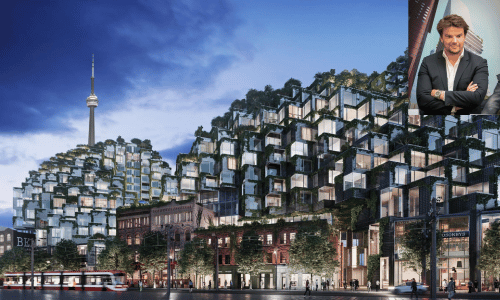
Fusing Sustainability with Futuristic Designs
Bjarke Ingels, the founder of BIG (Bjarke Ingels Group), is celebrated for his sustainable yet futuristic architectural designs. His approach is grounded in a philosophy that emphasizes social and environmental responsibility without compromising on bold, innovative aesthetics. Ingels’ works, such as VIA 57 West in New York, showcase his ability to create spaces that are both environmentally conscious and visually captivating.
8. Rem Koolhaas
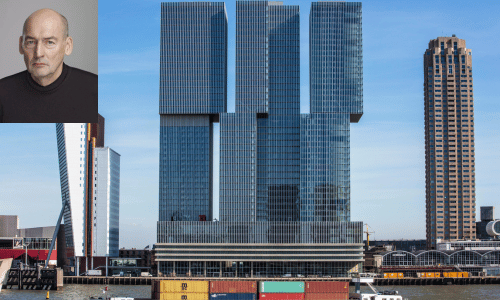
Exploring the Socio-Cultural Impact of Architecture
Rem Koolhaas, the mind behind the CCTV Headquarters in Beijing, is noted for his exploration of the socio-cultural implications of architectural design. His approach often involves deconstructing conventional architectural forms to create spaces that provoke thought and conversation. Koolhaas’ work is as much about the social and cultural impact of architecture as it is about the structures themselves.
9. Tadao Ando
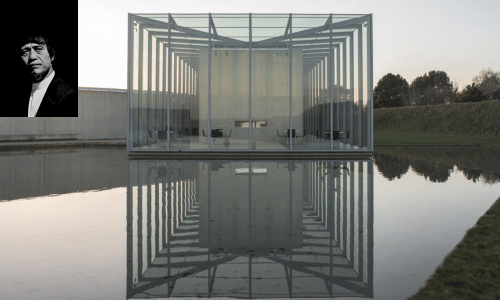
Mastering Minimalism and Concrete Aesthetics
Tadao Ando, a self-taught architect from Japan, is renowned for his minimalist designs and innovative use of concrete. His buildings, characterized by simple geometric forms and an emphasis on natural light, create serene and contemplative spaces. Ando’s Church of the Light in Osaka exemplifies his skill in using concrete not just as a building material but as a medium for artistic expression.
10. Thom Mayne
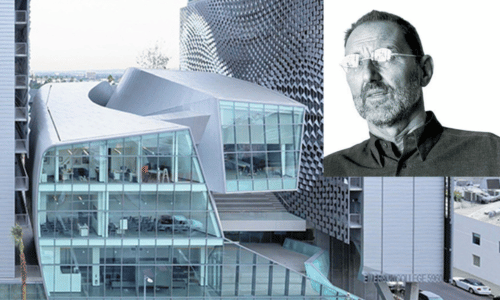
Pushing the Envelope with Bold Urban Structures
Thom Mayne, founder of Morphosis Architects, is known for his daring and unconventional designs. His work, including the San Francisco Federal Building, is characterized by bold forms and an experimental approach to materials and structure. Mayne’s architectural style challenges traditional aesthetics and inspires new ways of thinking about urban spaces.
The architects on this list have not only designed remarkable buildings but have also pushed the boundaries of what architecture can be. From Zaha Hadid’s fluid forms to Thom Mayne’s bold urban structures, each architect has contributed uniquely to the field, influencing both their peers and the next generation of architects. Their works are testaments to the power of imagination and innovation in shaping the world around us.
Engagement Prompt: We’ve reached the end of our Top 10 countdown, and we’d love to hear from you! Do you agree with our choices, or is there something we missed that you feel deserves a spot on this list? Let’s start a conversation – comment below with your thoughts and ideas. Your input might just influence our next Top 10!
If you like this you might like Top 10 most expensive buildings in the world





